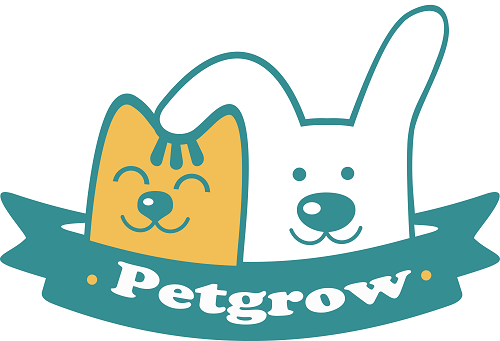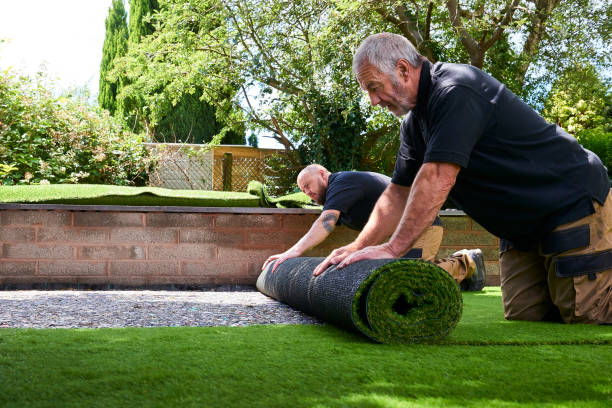Installing artificial grass is becoming increasingly popular in busy homes. One of the main reasons for this is that artificial grass can be placed almost anywhere, making it versatile.
Artificial turf usually needs to be infilled with some material to provide support and stability when it is laid. One of the questions this article elicits from artificial turf is, "What's underneath the artificial grass? If you have questions about this, then this blog is for you.
Sand Infill for artificial grass
PROS: Sand is an affordable infill material that is effective in providing support and stability to keep artificial turf level.
CONS: Sand can shift during use, requires periodic refilling to maintain effectiveness, and can accumulate water after rain, leading to sliding and instability.
Rubber granules

PROS: Rubber granules are more flexible and shock-absorbing, reducing the risk of injury, and have good drainage properties.
CONS: Rubber granules may produce dust from excessive wear and tear, which may pollute the environment and may have some odor in hot weather.
Plastic granules:

PROS: Plastic granules are lightweight and portable, easy to install, and have a long service life as they do not absorb water and will not deform due to moisture.
Cons: Plastic pellets may be too light and easily dispersed by the wind, resulting in an uneven surface of the artificial turf that requires regular maintenance and replenishment.
Asphalt Concrete:

PROS: Asphalt concrete has excellent stability and durability and can effectively hold artificial turf in place, reducing the likelihood of shifting.
Cons: Asphalt concrete requires specialized tools and skills to lay, the installation process is more complicated, and cracking and deformation may occur due to climate change.
Composite Fill:
Pros: Composite fillers are usually a blend of materials that combine the benefits of various filler materials, such as the elasticity and stability of rubber granules and plastic pellets.
Cons: Composite fillers can be more costly and need to be customized according to specific conditions, requiring more precautions and professional technical support during installation.
Extended Options for Better Installation
Besides infill, here are other layers and materials often used under artificial grass:
-
Crushed Rock / Decomposed Granite:
Used as a base layer, provides strong support and excellent drainage. Usually 2–3 inches thick, compacted with a plate compactor. -
Geotextile Fabric (Weed Barrier):
Prevents weeds from growing through the turf, keeps the base stable, and adds durability. -
Foam Pads / Shock Pads:
Perfect for play areas or pet yards where extra cushioning is needed. Adds safety and comfort. -
Drainage Systems:
In wet climates or poor soil, adding French drains or gravel trenches ensures water won’t pool under your turf.
Expert Tips for Choosing the Right Base
- For backyards and patios: Crushed rock + weed barrier is the most reliable combo.
- For pet owners: Use antimicrobial infill and good drainage layers to prevent odors. Check out our PetGrow Artificial Grass for pet-friendly options.
- For sports or high-impact zones: Consider shock pads or rubber infill for safety.
- For hot climates: Avoid rubber infill that absorbs too much heat; choose lighter materials.
Summary Table of Materials
| Material | Best For | Pros | Cons |
|---|---|---|---|
| Sand | General infill, leveling | Cheap, easy leveling | Moves over time, slippery wet |
| Rubber Granules | Playgrounds, sports fields | Soft, shock absorption, drains | Odor in heat, dust over time |
| Plastic Granules | Light-use areas | Durable, waterproof | Too light, blows away |
| Asphalt Concrete | Professional sports fields | Extremely stable, long-lasting | Cracks, costly, complex |
| Composite Fill | Premium installations | Combines elasticity + stability | Expensive, needs pros |
| Crushed Rock | Base foundation | Strong, great drainage | Needs compaction tools |
| Geotextile Fabric | Weed control, stability | Prevents weeds, adds durability | Extra cost, prep needed |
| Foam/Shock Pads | Kids, pets, sports surfaces | Safe, cushioned, comfortable | Higher cost, adds thickness |
| Drainage System | Wet areas or poor soil | Prevents water pooling | More complex, extra budget |
In summary, choosing an infill material for artificial turf needs to take into account factors such as budget, environment, usage needs, and requirements for installation and maintenance. Different infill materials have their advantages and disadvantages and need to be considered and selected according to the actual situation.



Share:
Why artificial turf is better for sports fields than lawn
Does artificial grass attract mosquitoes?